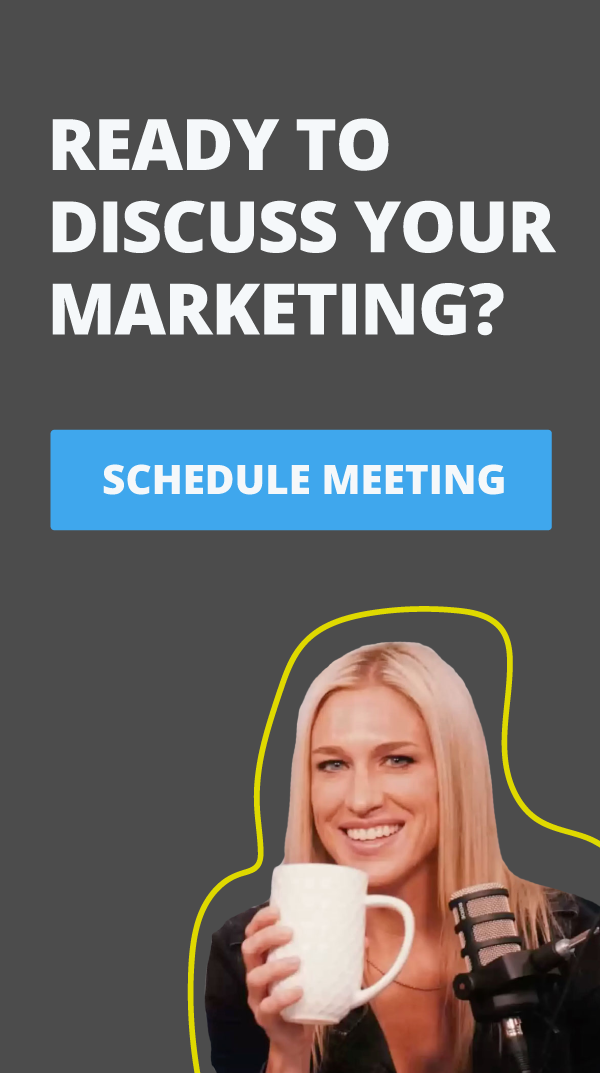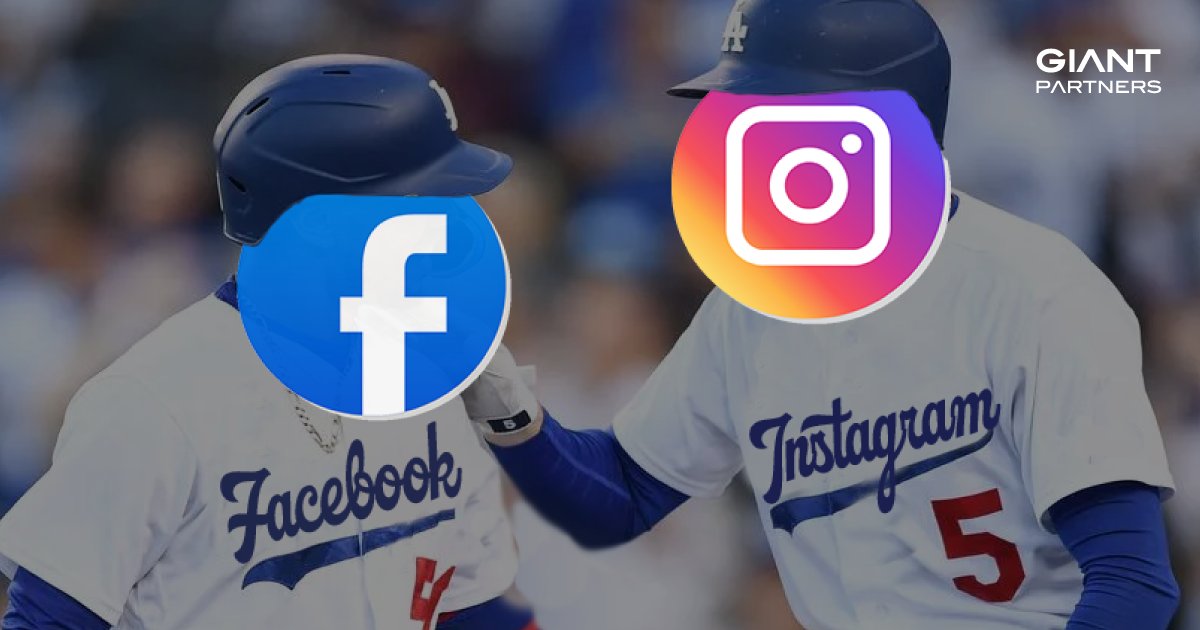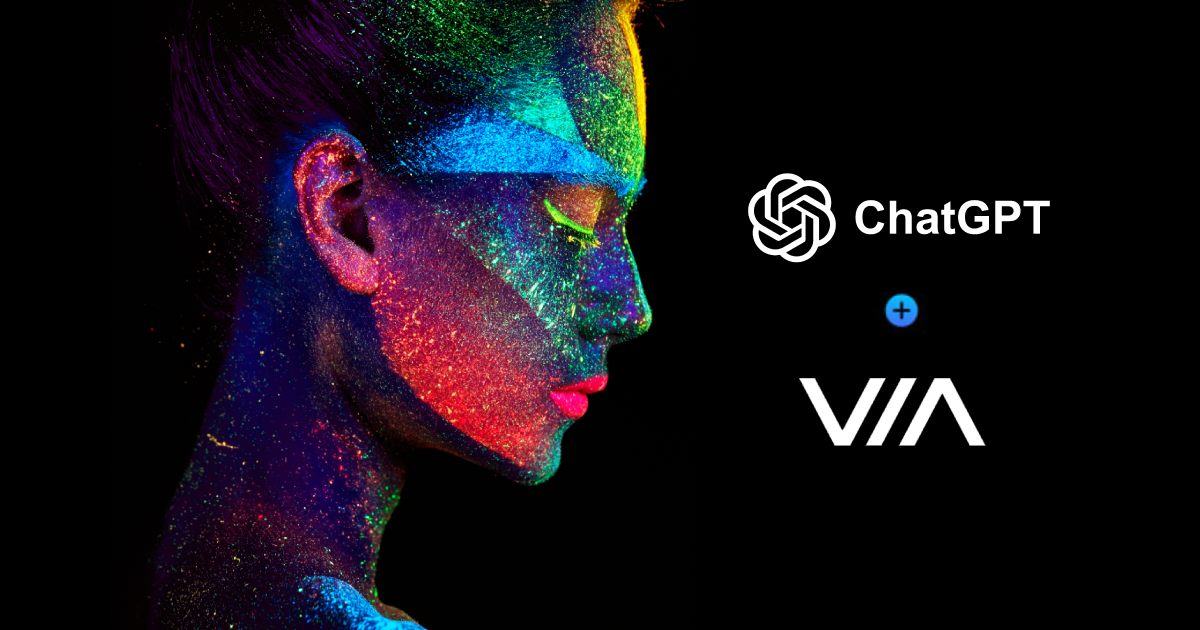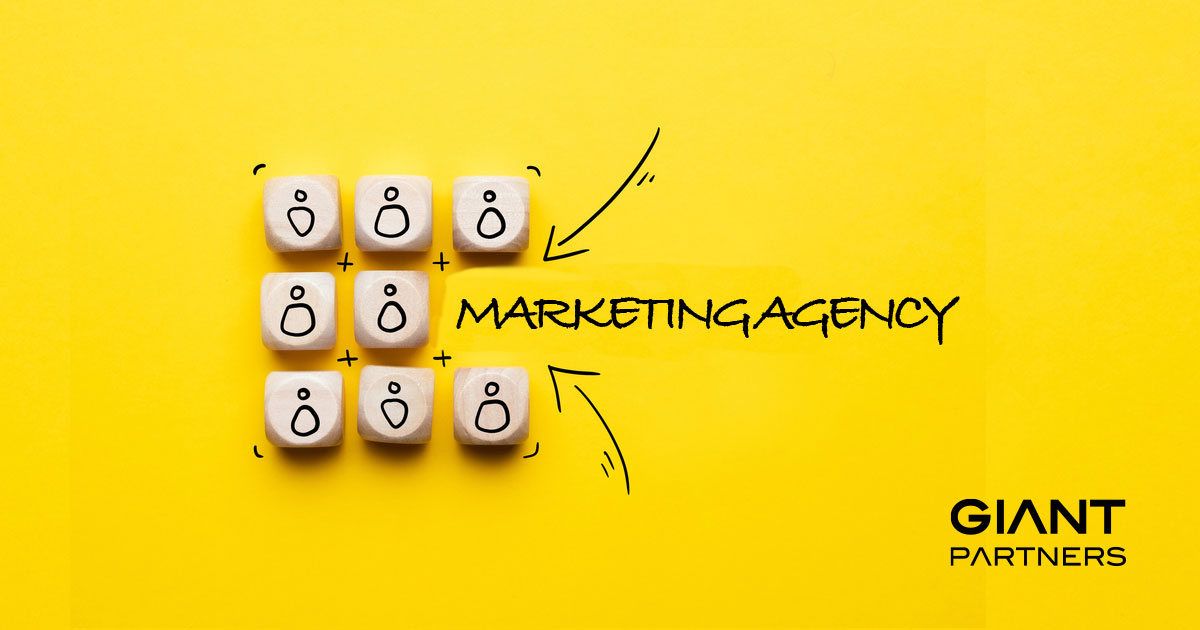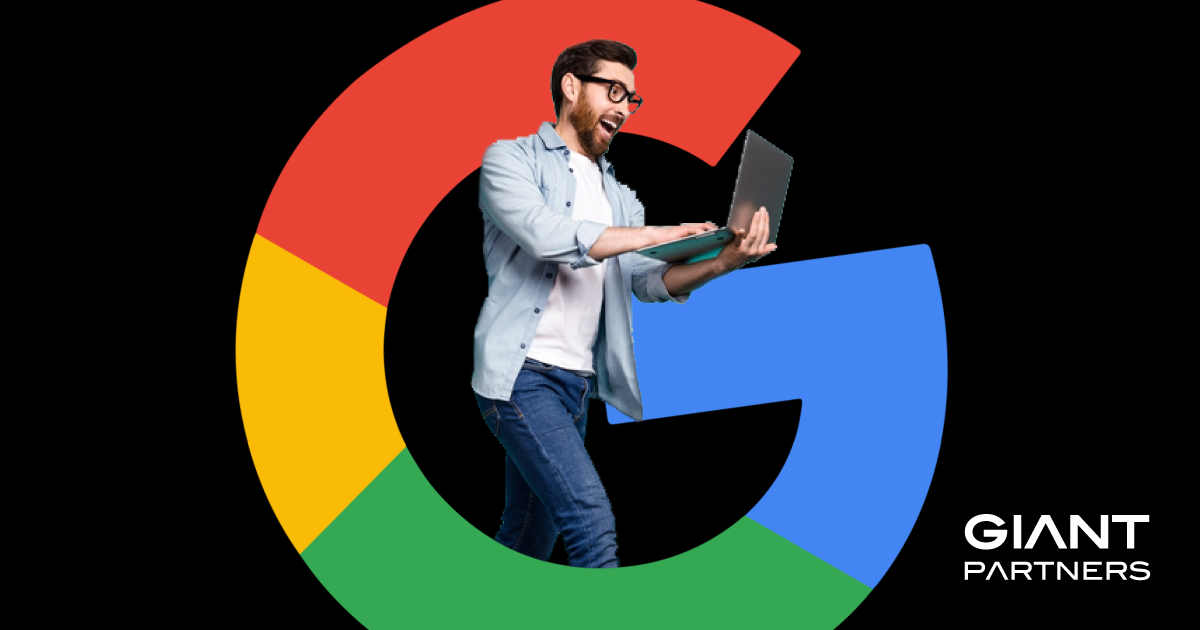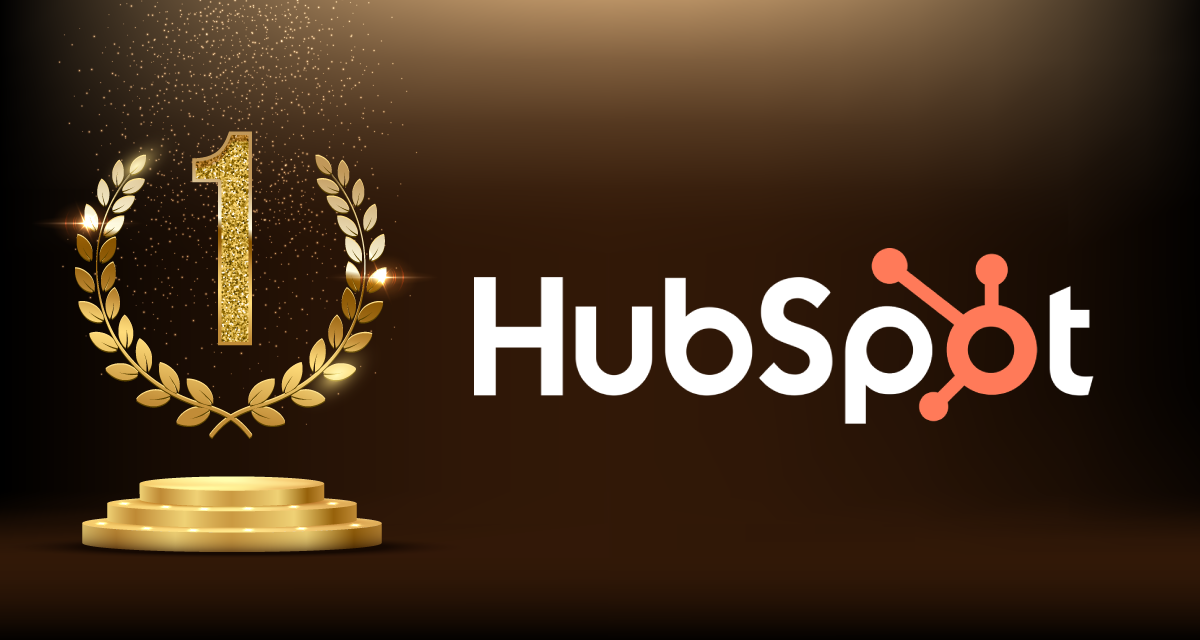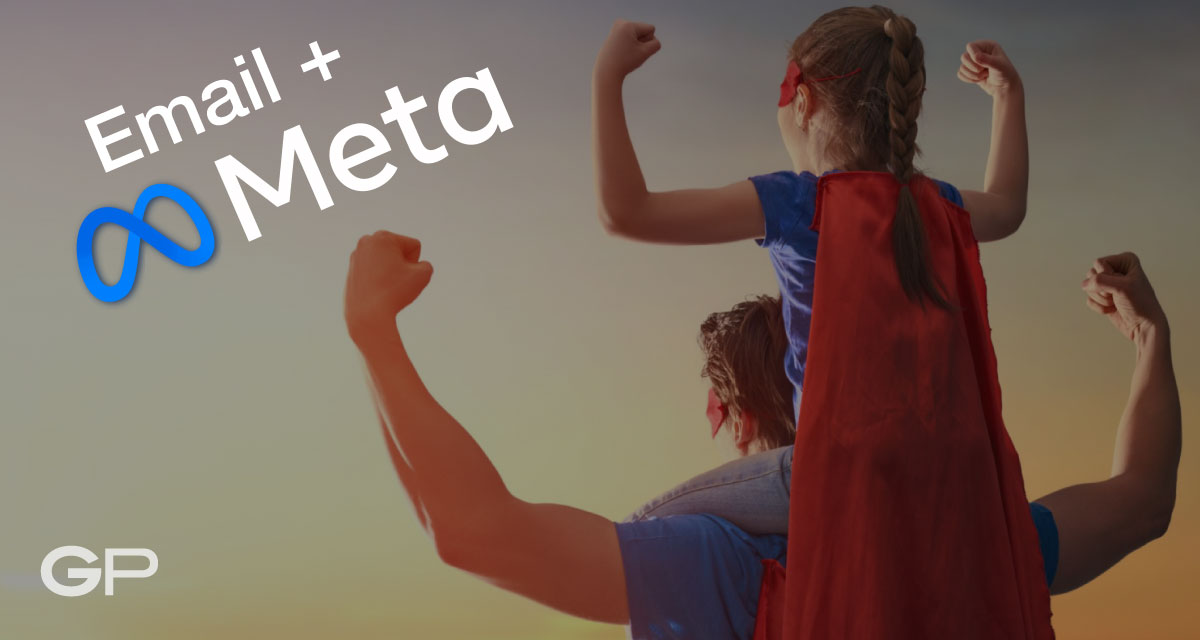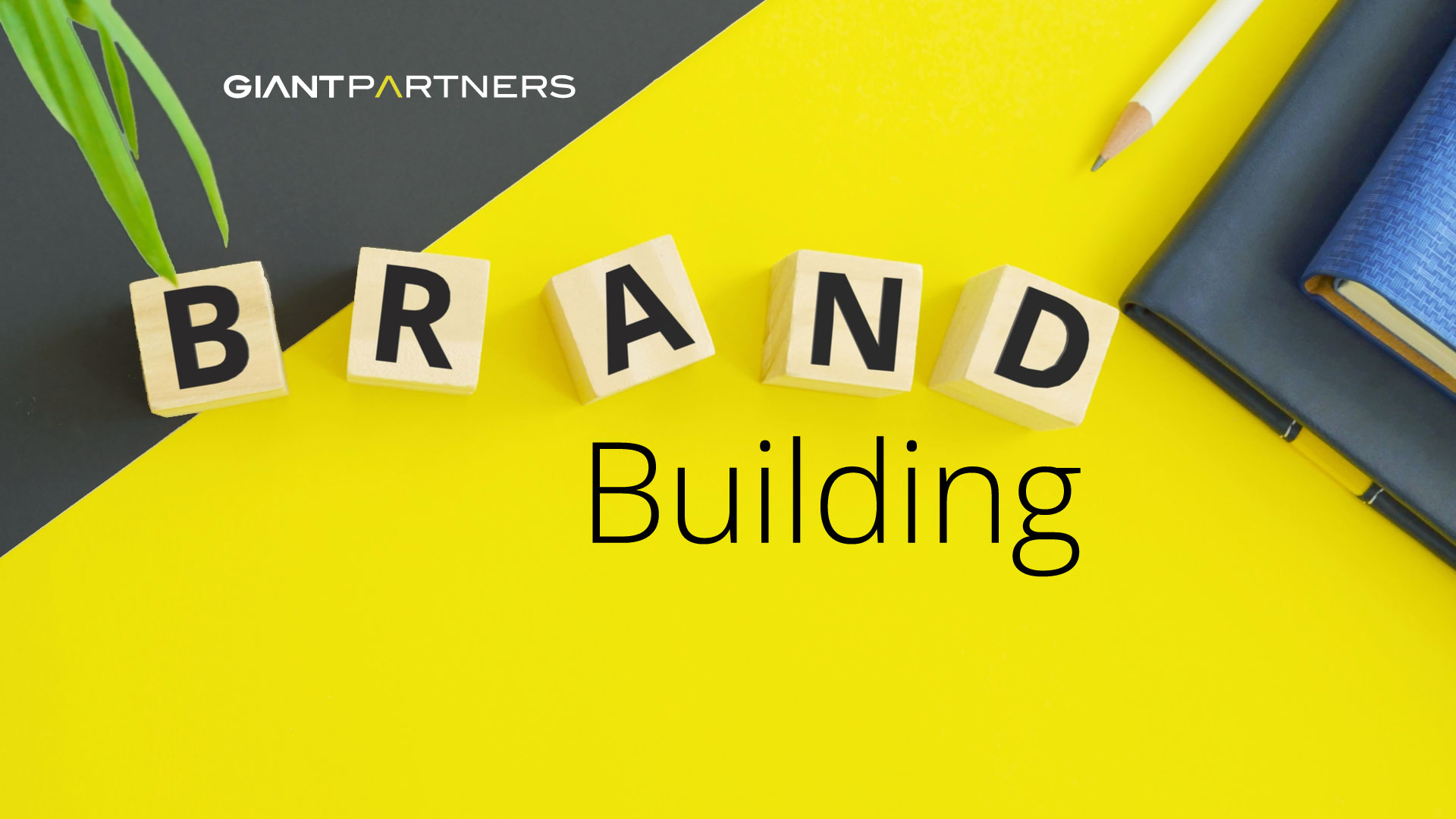![]() By Amir Gabriel Gomez | Advertising | June 02, 2025 | 🕒 5 Min Read
By Amir Gabriel Gomez | Advertising | June 02, 2025 | 🕒 5 Min Read
 By Amir Gabriel Gomez | Sales Attribution | June 02, 2025 | 🕒 5 Min Read
By Amir Gabriel Gomez | Sales Attribution | June 02, 2025 | 🕒 5 Min Read
Staying ahead in digital marketing means understanding and adapting to the latest tools that give advertisers the edge. At Google Marketing Live 2025, several innovations were unveiled, especially around Search and Performance Max (PMax), that are set to change how we think about targeting, automation, and measurement. These updates don’t just improve performance, they signal a shift in how brands can interact with data, AI, and user intent across channels. Here’s what you need to know.
AI Max for Search: Smarter, Keywordless Campaigns
One of the most talked-about updates was the introduction of AI Max for Search. This feature unlocks keywordless targeting, allowing advertisers to reach intent-driven queries even when the search terms don’t match their keyword lists exactly.
Google’s internal testing shows this can result in a 27% lift in performance over exact match keywords. For businesses, this means capturing more high-value traffic without obsessively managing every keyword variation.
Alongside smarter targeting, AI Max also offers landing page and headline analysis, providing real-time insights into which creative and copy elements are driving performance. Marketers now get transparency into what actually converts, allowing them to pivot quickly and refine ads based on real engagement, not assumptions.
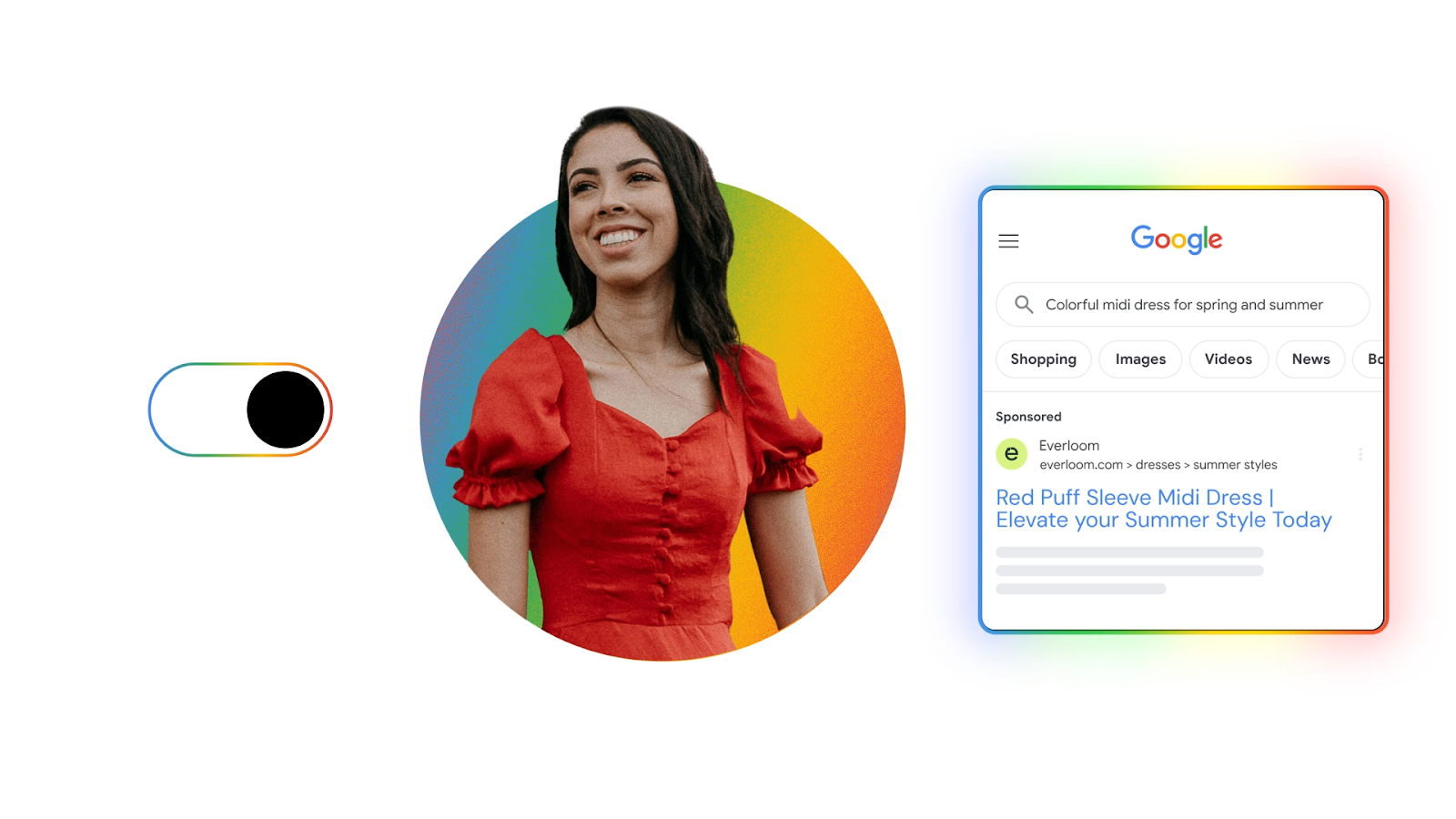
Greater Control and Customization
With innovation comes control. New features like brand exclusions, geo-intent modifiers, and final URL expansion help ensure that AI-driven campaigns stay aligned with brand standards and strategic objectives. These controls are crucial for advertisers who want to leverage automation without sacrificing brand safety or campaign relevance.
Even bidding has evolved. Google’s Smart Bidding Exploration mode now supports flexible ROAS targets, giving advertisers the ability to test different levels of aggression in bidding strategy. This enables fine-tuning across campaigns, whether your goal is maximizing reach, profitability, or customer acquisition cost.
Performance Max Gets Transparent
PMax has traditionally been a black box, but that’s changing fast. With the new Channel Performance Reporting, advertisers can now see how each Google channel (YouTube, Gmail, Maps, Search, etc.) contributes to campaign success. You’ll know exactly which platform is pulling its weight, which helps you allocate budget smarter and create better platform-specific assets.
The rollout of Search Term Reporting and negative keywords within PMax is another major win. Marketers now have the ability to remove irrelevant or low-performing terms, which improves quality scores, reduces wasted spend, and ultimately sharpens targeting.

Creative and Conversion Tools, Reinvented
Beyond targeting, Google is investing heavily in tools that automate high-performing creative. From AI-generated videos using your existing product photos to smart headlines, CTAs, and visuals based on your landing page data, creative production is becoming both scalable and predictive.
Additionally, Shopping campaigns now benefit from Shoppable Video Ads, Virtual Try-On, and Agentic Checkout features that streamline the path to purchase. These changes are especially important for eCommerce brands looking to reduce friction and provide interactive, intuitive experiences.

The Bigger Picture: Multi-Channel Data Is the Key to Better Targeting
These updates don’t exist in isolation, they’re part of a larger trend toward cross-channel optimization driven by unified data. With improvements in GA4 and Google Ads Data Manager, advertisers can now track user behavior across platforms, attribute performance more accurately, and create custom targeting segments based on behavior across Search, Shopping, YouTube, and Gmail.
By integrating multi-channel insights, you can build hyper-relevant creative and audiences based on real user intent, not guesswork. This ensures that whether someone sees your ad on Search, watches a video on YouTube, or receives a Gmail promotion, your messaging is consistent, personalized, and perfectly timed.
Conclusion:
As we head into a more AI-driven era of performance marketing, the advantage belongs to brands that understand how to use data to fuel creativity, drive optimization, and deliver meaningful results across every touchpoint. If you’re not yet leveraging multi-channel data to enhance your targeting and media planning, now is the time to start.
Want to see how your brand can apply these changes to scale smarter? Book a strategy call and let’s dive into a custom performance roadmap for your business.
About Giant Partners
24 years. 6000 customers. Giant Partners is America’s #1 data driven marketing agency. We accelerate campaign performance with custom audience data, brand management, website development, CRM integration, email marketing, and omni-channel advertising.
